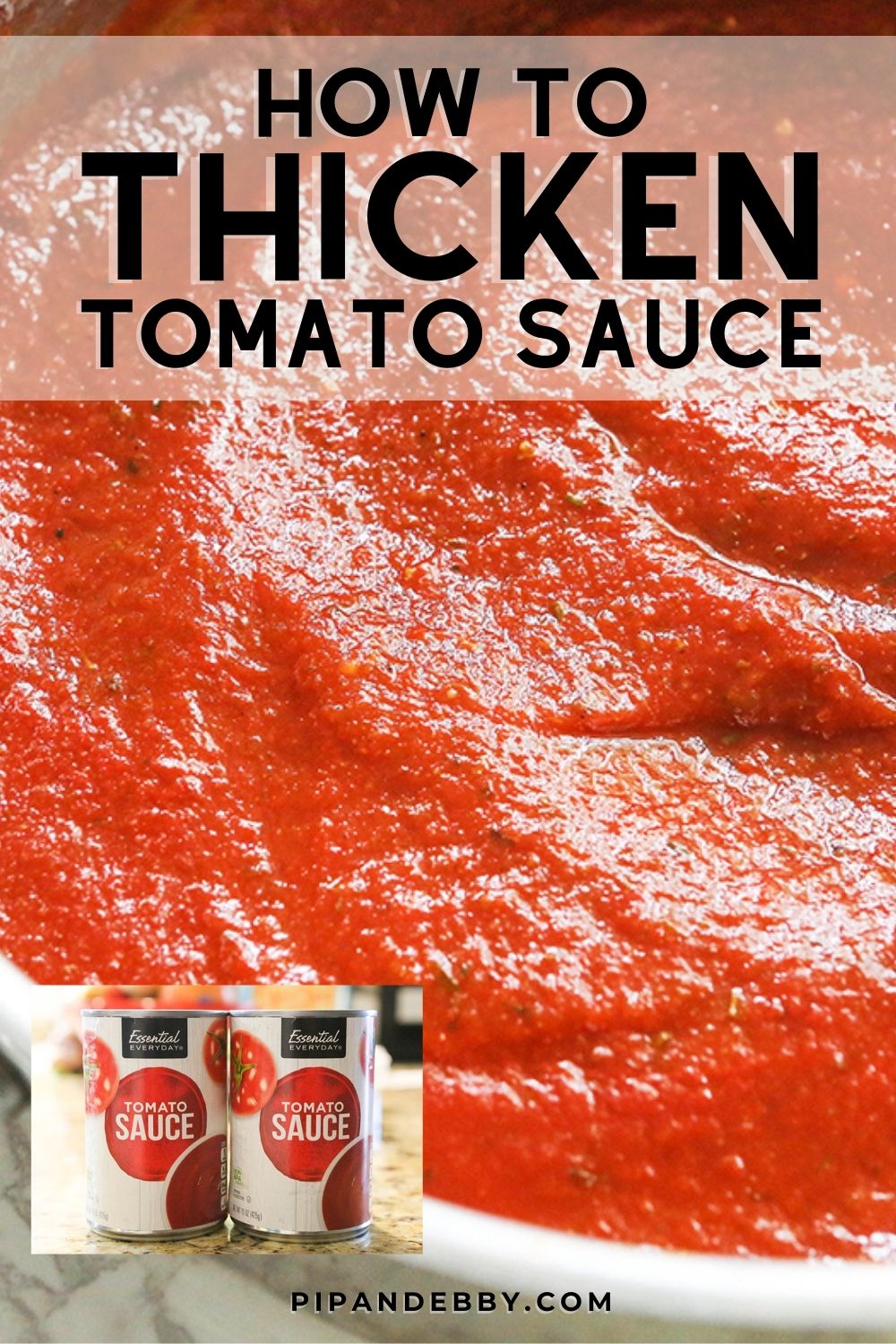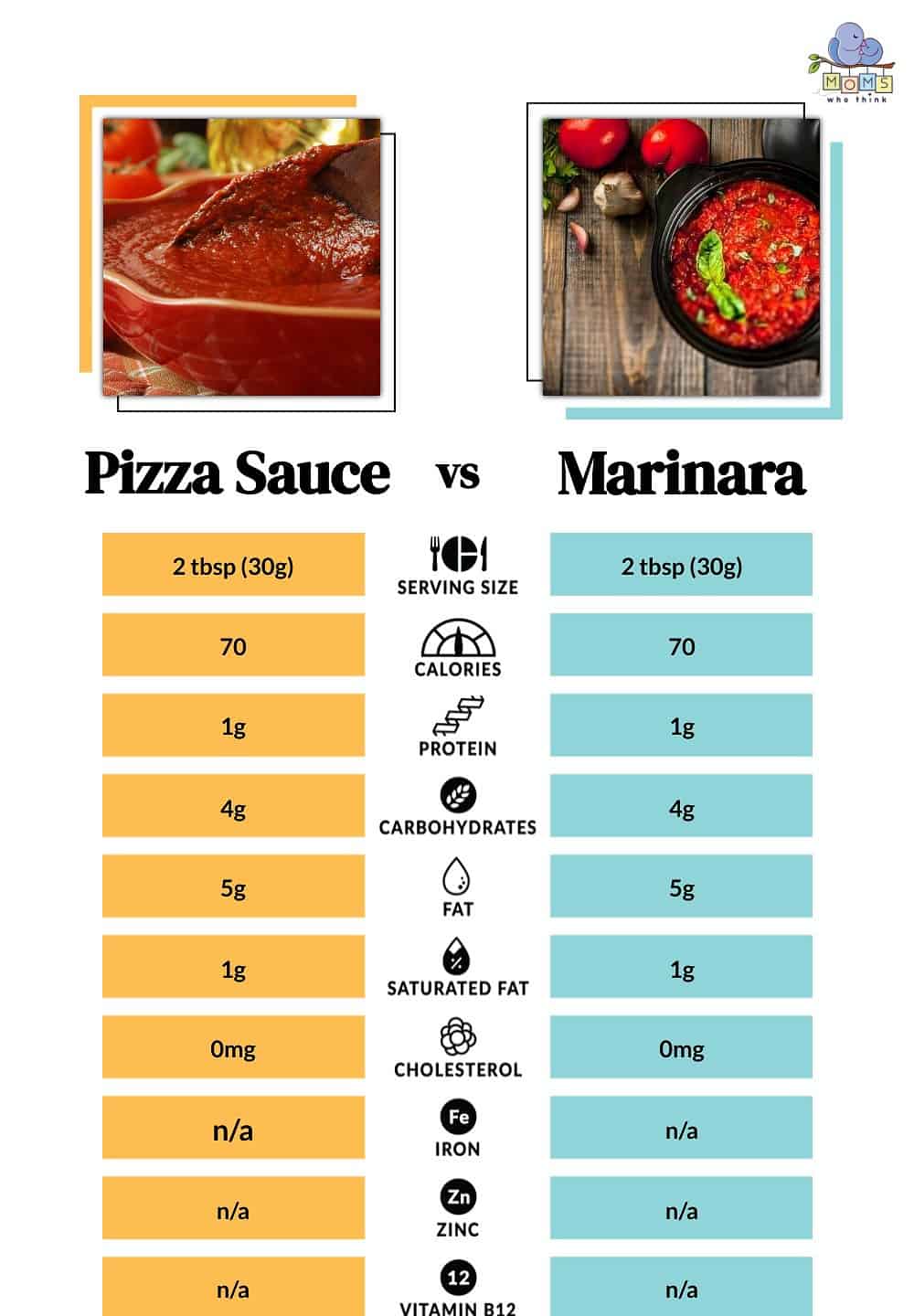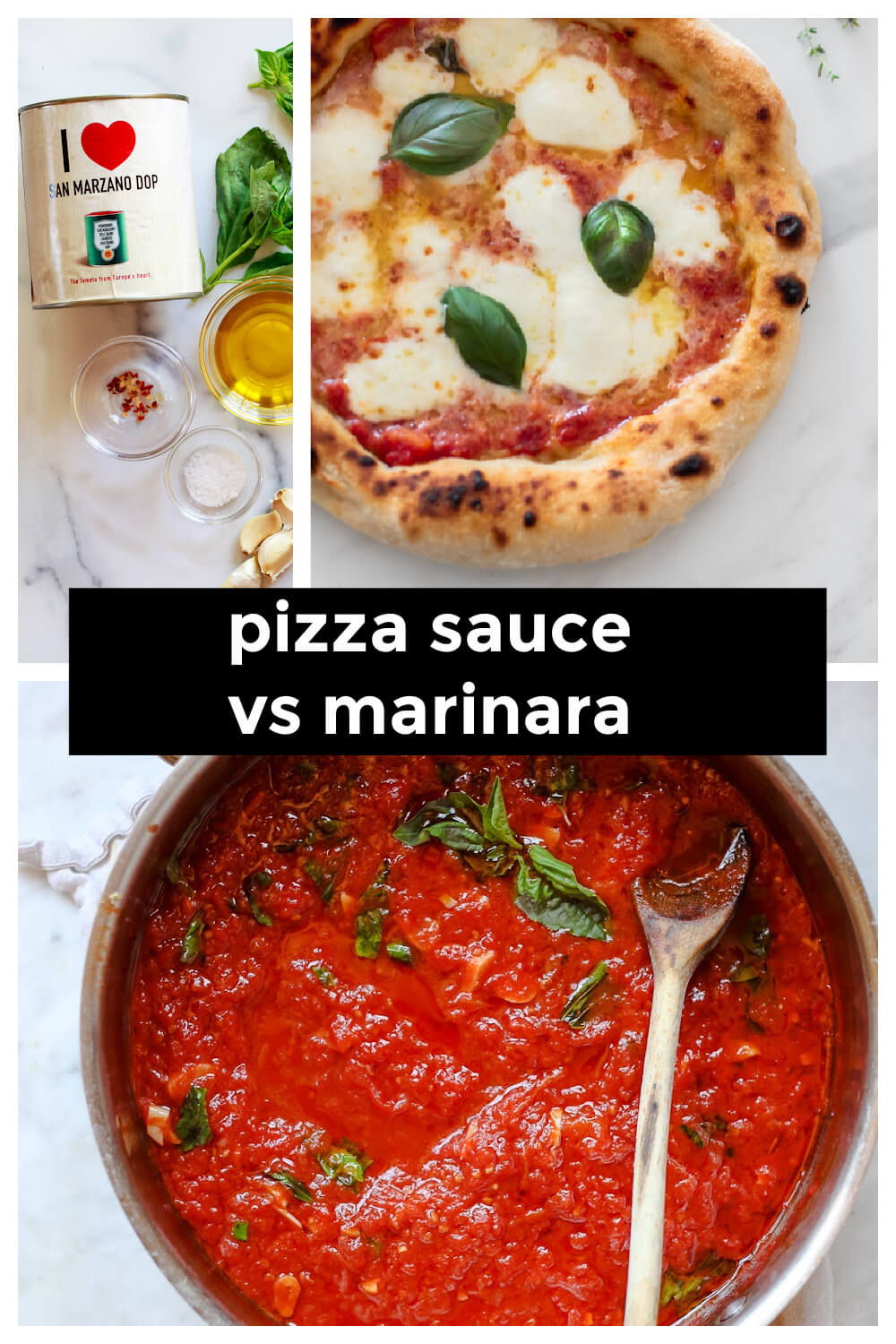– Marinara sauce is a simple tomato-based sauce traditionally made with tomato puree, salt, and pepper.
– It does not contain any additional ingredients like herbs or garlic.
– Marinara sauce is thin and does not have any chunks or tomato skins.
– Pasta sauce can refer to any sauce paired with pasta, including pesto, bolognese, Alfredo, and marinara.
– It typically contains a mixture of tomato products, herbs, garlic, onion, and more.
– American pasta sauces are often thicker and chunkier than traditional Italian sauces.
– Sauce tomate, a French-influenced take on Italian red sauces, includes tomato products, seasoning, pancetta or another cured pork product, meat stock, and sometimes a roux for thickening.
– In Italy, marinara sauce is a simple tomato sauce made with garlic, olive oil, and sometimes basil or oregano.
– In America, marinara sauce is often referred to as “pasta sauce.”
– Bolognese sauce is a traditional Italian meat sauce made with tomato paste, ground meat, and a sofrito of carrots, onions, and celery.
– In America, it is often called “meat sauce” or “spaghetti sauce,” and it is made with ground beef and sometimes sofrito vegetables, along with crushed tomatoes or tomato passata.
– American meat sauce is usually seasoned with dry herbs and cooked for a shorter time period compared to traditional Italian bolognese sauce.
– Pizza sauce and marinara are both types of tomato sauce made with similar ingredients.
– American-style pizza sauce tends to be thick, pasty, and heavily seasoned, while traditional Neapolitan pizza sauce is simple and made with San Marzano tomatoes, basil, salt, sometimes garlic, and olive oil.
– Marinara is a traditional tomato sauce meant for pasta, while pizza sauce is meant as a base for toppings.
– Authentic Italian versions of both sauces are made with basic ingredients like peeled plum tomatoes, garlic, and basil.
– American pizza sauce usually has added spices, while marinara is simpler with just tomatoes, garlic, and herbs.
– Marinara is often used as a pasta or dipping sauce, while pizza sauce is used as a pizza topping.
– Pizza sauce can be made without cooking before going on the pizza dough, while marinara is simmered on the stove.
– Marinara is a type of spaghetti sauce, but there are likely variations in ingredients and cooking methods.
– Spaghetti sauce, also known as ragu, is a red sauce that contains additional ingredients like onions, carrots, celery, and meat.
– Bolognese is a similar type of sauce that is thinner and made with white wine.
– Marinara sauce is a simple, low-calorie tomato sauce that can be used as a pizza sauce.
– Pizza sauces can vary in thickness and flavor.
– Italian pizza sauces are often similar to marinara.
– It is possible to use pasta sauce such as marinara as a pizza sauce, depending on personal preference.
– The key is to choose a high-quality sauce made with few ingredients.
Continue Reading


